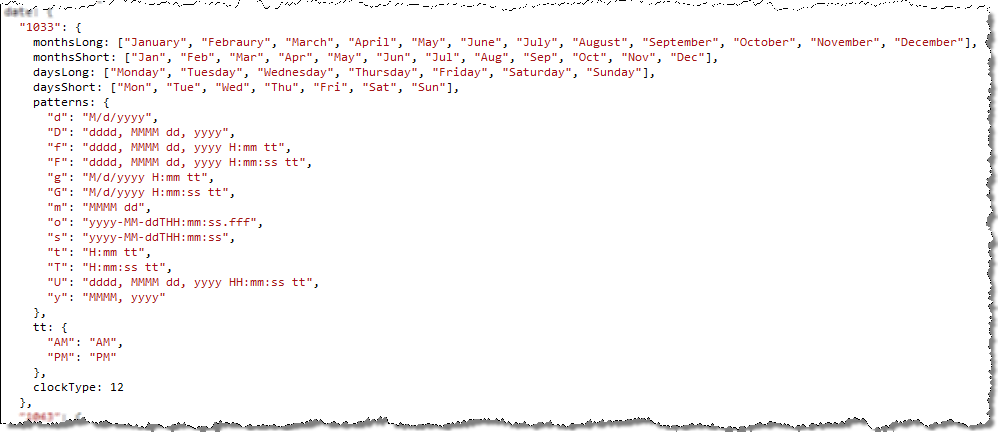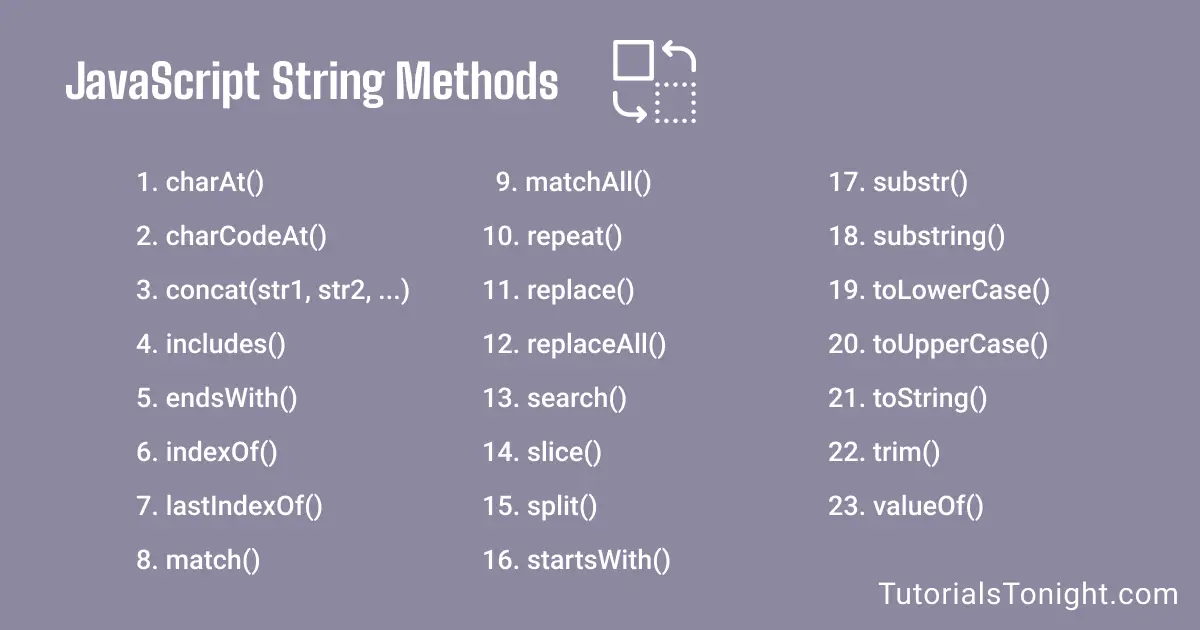

For instance, browser has performance.now() that gives the number of milliseconds from the start of page loading with microsecond precision (3 digits after the point): JavaScript itself does not have a way to measure time in microseconds (1 millionth of a second), but most environments provide it. Sometimes we need more precise time measurements. Note that unlike many other systems, timestamps in JavaScript are in milliseconds, not in seconds.

HH:mm:ss.sss – is the time: hours, minutes, seconds and milliseconds.The character "T" is used as the delimiter.YYYY-MM-DD – is the date: year-month-day.The string format should be: YYYY-MM-DDTHH:mm:ss.sssZ, where: The method Date.parse(str) can read a date from a string. The great pack of articles about V8 can be found at. And then you probably won’t need microbenchmarks at all. So if you seriously want to understand performance, then please study how the JavaScript engine works. They may tweak results of “artificial tests” compared to “normal usage”, especially when we benchmark something very small, such as how an operator works, or a built-in function.

Modern JavaScript engines perform many optimizations. That may lead to wrong results.įor more reliable benchmarking, the whole pack of benchmarks should be rerun multiple times. And by the time of running bench(diffGetTime) that work has finished.Ī pretty real scenario for a modern multi-process OS.Īs a result, the first benchmark will have less CPU resources than the second. Imagine that at the time of running bench(diffSubtract) CPU was doing something in parallel, and it was taking resources. Wow! Using getTime() is so much faster! That’s because there’s no type conversion, it is much easier for engines to optimize. Return date2.getTime() - date1.getTime() įor (let i = 0 i < 100000 i++) f(date1, date2) Īlert( 'Time of diffSubtract: ' + bench(diffSubtract) + 'ms' ) Īlert( 'Time of diffGetTime: ' + bench(diffGetTime) + 'ms' )


 0 kommentar(er)
0 kommentar(er)
